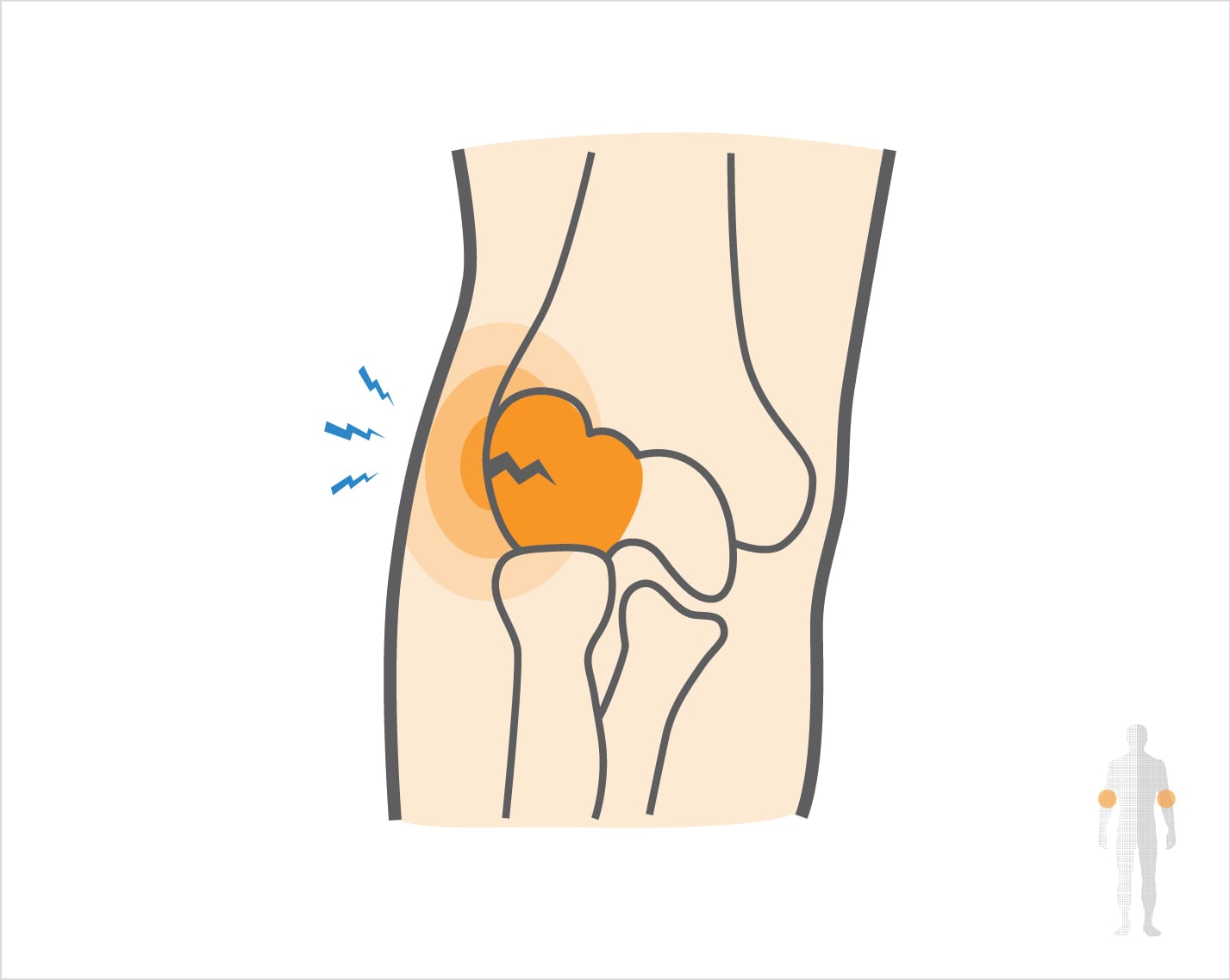Osteochondritis dissecans, also referred to as OCD of the elbow, is a disorder characterized by cracks in the articular cartilage or the lining of the elbow joint. When this cartilage loses blood supply, it can begin to wear down and crack, leading to damage to the underlying bone. Osteochondritis dissecans in the elbow most commonly occurs in the capitellum, the end of the humerus (upper arm bone) that is part of the elbow joint.
Osteochondritis dissecans occurs in athletes who are still growing, most commonly affecting adolescent athletes. The condition has four different stages of severity that are defined as follows:
• Stage I: The cartilage begins to thicken. At this stage, both the cartilage and bone are considered stable.
• Stage II: The cartilage begins to crack, but is still considered stable.
• Stage III: The cartilage has cracked completely and the underlying bone has begun to crack. The structure is considered unstable.
• Stage IV: The cartilage and/or bone has detached from its original position and is considered unstable.


